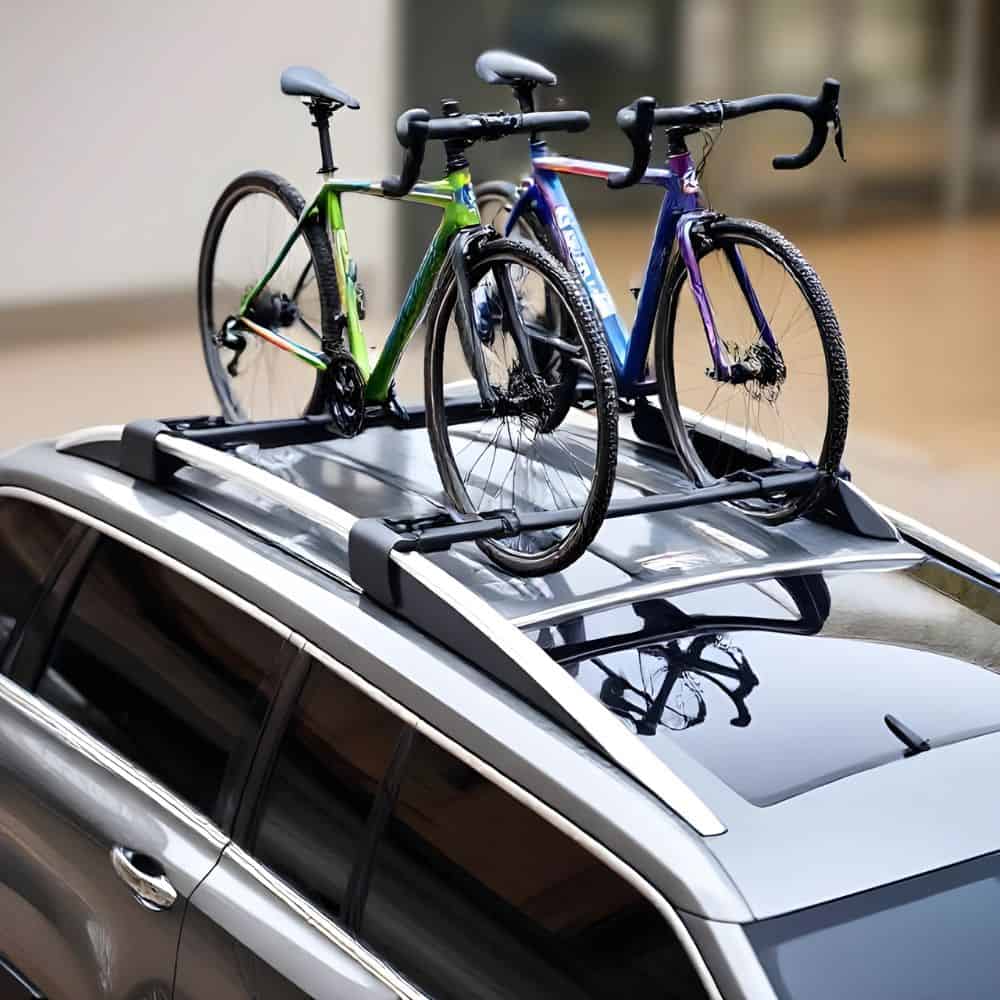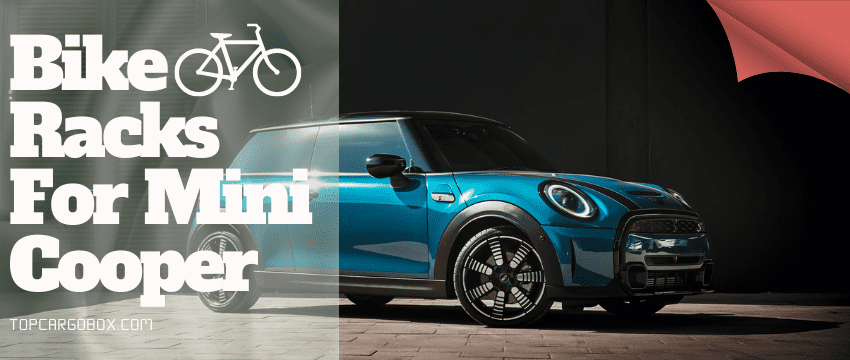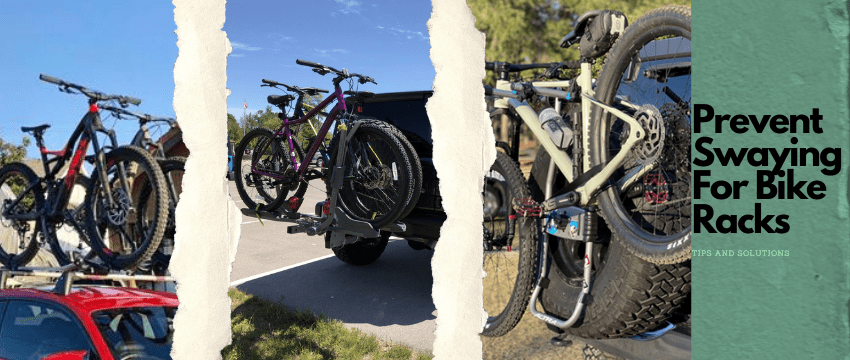If you’ve ever shopped for a bike rack, you’ve likely experienced sticker shock. What appears to be a simple metal frame can cost anywhere from $100 to over $1,000, leaving many wondering: Why are bike racks so expensive? The answer isn’t as straightforward as you might think. Behind the price tag lies a complex interplay of engineering, safety standards, material science, and market dynamics. In this deep dive, we’ll explore the factors that drive up costs and why investing in a quality rack is often worth every penny.
The Role of Premium Materials: Steel, Aluminum, and Beyond
At first glance, a bike rack might seem like a basic assembly of metal bars and straps. But the materials used are far from ordinary. High-end racks rely on aerospace-grade aluminum or reinforced steel to ensure durability under stress. Aluminum, for instance, is lightweight and rust-resistant, making it ideal for frequent travelers. However, it’s significantly more expensive than standard steel due to its production process, which involves energy-intensive smelting and alloying with elements like magnesium or zinc.
Steel, on the other hand, is heavier but offers unmatched strength. Brands often use powder-coated steel to prevent corrosion, adding another layer of cost. For example, a rack designed to carry two e-bikes (which can weigh 80+ pounds each) requires thicker gauge steel to handle the load without bending. Cheaper alternatives might use hollow or thin-walled steel, but these compromise safety and longevity.

Then there’s the rise of composite materials. Some premium racks integrate carbon fiber or polymer blends to reduce weight while maintaining rigidity. These materials are common in high-performance industries like automotive or aviation, driving up costs due to specialized manufacturing techniques.
Engineering and Manufacturing: Precision Comes at a Price
Creating a bike rack isn’t as simple as welding metal tubes together. Engineers must account for variables like aerodynamics, weight distribution, and universal compatibility. A hitch-mounted rack, for instance, needs to withstand highway speeds without wobbling, which requires precise calculations and stress testing.
Computer-aided design (CAD) software and prototyping add to development expenses. Brands invest thousands of hours in designing racks that fold compactly, tilt for trunk access, or integrate anti-rattle mechanisms. For example, Thule’s “Snug-Tite” system uses patented bolt designs to eliminate movement—a feature that demands rigorous R&D.
Labor costs also play a role. Many premium racks are assembled in countries with higher wages, such as the U.S. or Germany, where workers are paid fair wages. Cheaper racks often cut corners by outsourcing production to regions with lower labor standards, but this can lead to quality inconsistencies.
Safety Certifications and Liability: Protecting You (and Your Bike)
Bike racks must meet stringent safety standards to prevent accidents. In the U.S., racks are tested against SAE International J684 guidelines, which simulate harsh road conditions, sudden stops, and vibration resistance. Certification involves crash tests, weight capacity trials, and corrosion assessments—all of which require time and resources.
Liability insurance further inflates costs. Brands must safeguard against lawsuits if a rack fails and causes an accident. This is why reputable companies rigorously test their products and use premium materials, even if it means higher prices. A $200 rack might save you money upfront, but a failure could lead to costly bike damage or legal repercussions.
Key Features That Justify the Cost
| Feature | Details |
|---|---|
| Material Quality | Aerospace aluminum, powder-coated steel, or carbon fiber composites for durability. |
| Weight Capacity | Ranges from 60 lbs (lightweight racks) to 200+ lbs (heavy-duty models for e-bikes). |
| Security Features | Integrated locks, anti-theft skewers, and tamper-proof bolts to protect bikes. |
| Compatibility | Adjustable designs for hitch, trunk, or roof mounts; fits tire sizes 20″–29″. |
| Warranty | Lifetime or long-term warranties from trusted brands like Yakima or Kuat. |
Specialized Designs for Modern Needs
Today’s cyclists demand versatility. Racks now cater to fat-tire bikes, cargo bikes, and e-bikes, each requiring unique engineering. For example, e-bike racks need reinforced frames and wider trays to accommodate bulky batteries and motors. Foldable racks add convenience for urban dwellers with limited storage but require intricate hinge mechanisms that resist wear over time.

The rise of adventure tourism has also spurred demand for racks that handle off-road conditions. Brands like 1UP USA use stainless steel hardware to resist mud and moisture, appealing to mountain bikers but increasing production costs.
Shipping, Tariffs, and Retail Markups
Bike racks are bulky and heavy, making shipping expensive. A single hitch rack can weigh 40+ pounds, raising logistics costs for global brands. Tariffs on imported materials (e.g., Chinese aluminum) further inflate prices. Retailers then add a 30–50% markup to cover overhead and profits. Direct-to-consumer brands like Kuat mitigate this by selling online, but even they can’t fully avoid supply chain hurdles.
The Hidden Value of Warranties and Support
Premium brands often include lifetime warranties, covering everything from rust to broken parts. This peace of mind isn’t free—companies factor warranty claims into pricing. Additionally, customer support teams assist with installation or troubleshooting, a service cheaper racks rarely provide.
Conclusion: Balancing Cost and Long-Term Value
While bike racks may seem overpriced, their cost reflects the intersection of safety, innovation, and reliability. For casual riders, a mid-range rack might suffice, but serious cyclists and e-bike owners should view a high-quality rack as an investment. It protects not just your bike, but also your vehicle and fellow road users. By understanding the craftsmanship behind these tools, the price becomes a testament to their indispensable role in your cycling adventures.
When choosing a rack, prioritize your needs: daily commutes, cross-country tours, or heavy e-bikes. The right rack isn’t an expense—it’s a gateway to endless journeys, built to last as long as your wanderlust.
Our team is creating outdoor-gear relevant articles with passion. If our articles can help you to find the correct solutions for your questions, we will be happy about that. In the content creation process, we usually collect accurate and useful information online or offline to compile our content in an organized way. Consequently, we can guarantee that you can discover some expected answers to your questions. We appreciate your time on our site.







